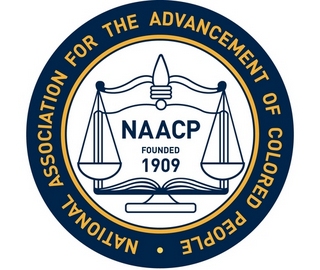
The death of Supreme Court Justice Antonin Scalia in March, followed by vocal Republican congressional opposition to replace him before President Barack Obama leaves office, has created a stalemate within the Court. So far that stalemate caused a 4-4 split on a major organized-labor case and threatens to deadlock a policy compromise on the Affordable Care Act’s contraception mandate, and is making the Court reluctant to rule on a number of controversial cases, including the racially-charged Fisher v. University of Texas–Austin.
Fisher v. University of Texas-Austin involves Texas native Abigail Fisher, who was rejected by the university in 2008. She challenged the school’s use of racial preferences in acceptances saying the policy violates the Equal Protection Clause of the 14th Amendment, and that the school admitted minority students who were less qualified than she.
The main issue here is whether the school needed to consider race. The verdict of the case could have far-reaching implications, since many universities and colleges specifically consider applicants’ race.
John Paul Schnapper-Casteras, Special Counsel for Appellate and Supreme Court Advocacy for the NAACP Legal Defense Fund, said he is optimistic the Court will not issue a split decision. “I remain hopeful that the Supreme Court will preserve longstanding precedent about the value of diversity in higher education and reaffirm the continued constitutionality of individualized admissions processes that may touch upon an applicant’s race,” Schnapper-Casteras told the AFRO. “The University of Texas at Austin presented a compelling set of arguments in its briefing and during oral argument in December — and were supported by a broad coalition of amici, including a number of public and private universities and colleges.”
Far from being a deterrent, applications by and enrollment of minority students at mainstream universities appears to have actually increased since Fisher’s claim was initially argued. At Harvard University, for instance, admissions of Black students rose to 14 percent from 12 percent last year, and at the College of William and Mary, in Williamsburg, Virginia, admissions of students of color, including those who classified themselves as Black, Hispanic, Asian, American Indian, and mixed race, rose to 35 percent from 32 percent last year.
“I think some of the Justices are already beginning to tire of having this case come back up and down to the Court, particularly when there are serious questions about whether the petitioner, Ms. Fisher, has standing to bring suit in the first place – let alone continue pressing her claims now,” Schnapper-Casteras said. “For example, at one point during the latest oral argument, Justice Kennedy remarked, somewhat exasperatingly, that “we’re just arguing the same case .”
But as increased numbers of minority students take their place on mainstream campuses, racial conflicts have spiked, including protests to remove White slave owners’ names from buildings, colleges, and programs. The resulting tensions have raised questions over assimilation, and what some believe to be the reverse racism created by the existence of HBCUs.
As for the likelihood a Fisher decision could lead to a legal challenge of the validity of historically Black colleges, Schnapper-Casteras said it is highly improbable. “I don’t envision the Court’s decision significantly impacting public opinion about HBCU’s or the relevant legal framework. The constitutional principles that govern the consideration of race in admissions basically applies across the board already – and they are not directly subject to challenge here,” Schnapper-Casteras said. “We are, however, seeing lawsuits brought by the same lawyers who represent Ms. Fisher, against Harvard and UNC.”

